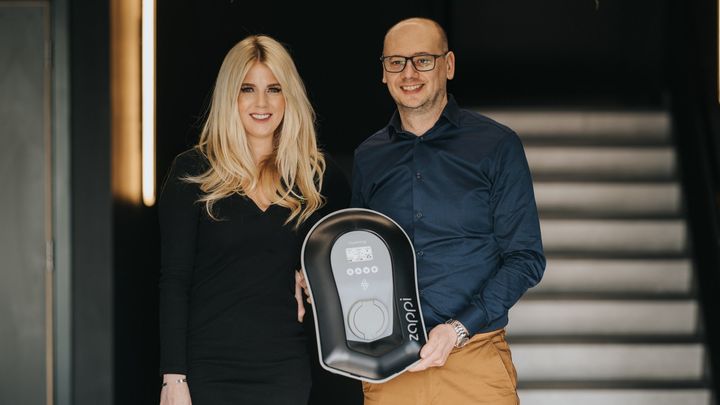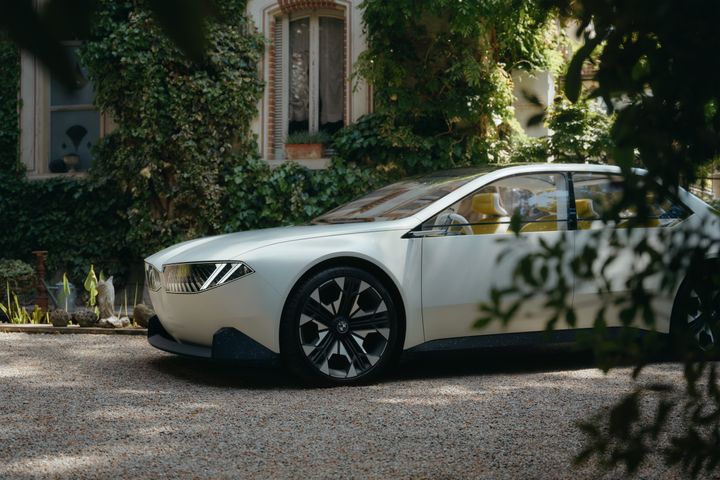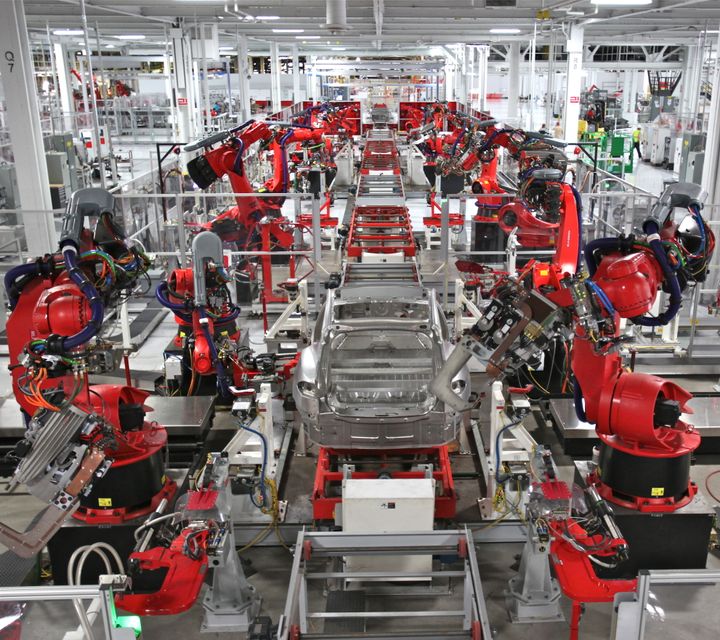Tesla Claims That Its New Recycling Process Recovers 92% of Battery Material
Battery recycling is seen as a critical part of the future e-mobility ecosystem. To ensure that batteries do not end up in depots, Tesla has been working with third-party battery recyclers from the beginning. Simultaneously the automaker has also been working on its own “unique battery recycling system” for several years. In its 2020 impact report this year, Tesla released information about its future plans to deploy large-scale battery recycling and claims to recover approximately 92 percent of battery cell materials.
In its 2020 impact report, Tesla revealed the first phase of its own battery cell recycling facility was deployed late last year.
In the report, Tesla stated that “In the fourth quarter of 2020, Tesla successfully installed the first phase of our cell recycling facility at Gigafactory Nevada for in-house processing of both battery manufacturing scrap and end-of-life batteries. While Tesla has worked for years with third-party battery recyclers to ensure our batteries do not end up in a landfill, we understand the importance of also building recycling capacity in-house to supplement these relationships. Onsite recycling brings us one step closer to closing the loop on materials generation, allowing for raw material transfer straight to our nickel and cobalt suppliers. The facility unlocks the cycle of innovation for battery recycling at scale, allowing Tesla to rapidly improve current designs through operational learnings and to perform process testing of R&D products.”
Tesla also claimed that its efforts to recycle its in-house battery cell are even better, as the process will be integrated at each manufacturing site.
Tesla mentions in its report that, “As the manufacturer of our in-house cell program, we are best positioned to recycle our products efficiently to maximize key battery material recovery. With the implementation of in-house cell manufacturing at Gigafactory Berlin-Brandenburg and Gigafactory Texas, we expect substantial increases in manufacturing scrap globally. We intend to tailor recycling solutions to each location and thereby re-introduce valuable materials back into our manufacturing process. Our goal is to develop a safe recycling process with high recovery rates, low costs and low environmental impact. From an economic perspective, we expect to recognize significant savings over the long term as the costs associated with large-scale battery material recovery and recycling will be far lower than purchasing additional raw materials for cell manufacturing.”
With the recycling process, the California carmaker is becoming a producer of cobalt, nickel, and other battery components, leading to a decrease in the need for extraction of raw materials by mining. The company says that almost 400 tons of copper,1300 tons of nickel, and 80 tons of cobalt were recycled in 2020. "Onsite recycling brings us one step closer to closing the loop on materials generation, allowing for raw material transfer straight to our nickel and cobalt suppliers.," Tesla officials said in a statement.




 Industry Inscript is a subsidiary of Valiant and Company Ltd.
Industry Inscript is a subsidiary of Valiant and Company Ltd.
Comments ()